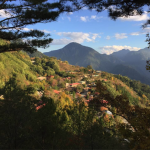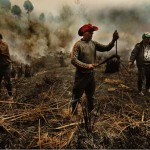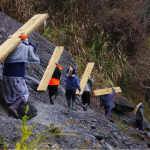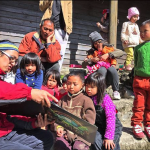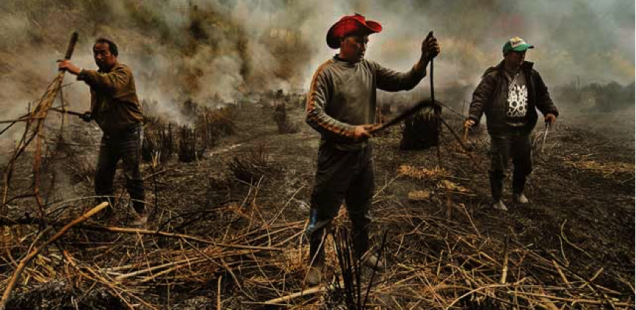
The Qalang Smangus community: collective governance to sustainably manage the natural commons in the mountains of Taiwan
The small village of Qalang Smangus is home to a tribe of Atayal indigenous people in a mountainous area of northern Taiwan. Their great achievement of the last twenty years is their own evolution as a sustainable community that gains its own livelihoods and shares its own well being with all surrounding creatures. Their principles are: tribal sovereignty, eco-occupation, de-facto governance, and sound management of the commons. The community has received no recognition or support from the government, but has spontaneously emerged, showing creative institutional adaptation and self innovation. Qalang Smangus, as a matter of fact, seems to have been able to transform into something positive even the « invasive alien elements » from the modern world that have brought destructive if not altogether disastrous results in so many other indigenous communities.
In a post-traditional, post-colonial, post-modern and generally complex and challenging environment, since January 2004 the community has been able to develop a new governance institution based on common ownership of all means of production. The institution was adopted by the tribal council along with a new tribal community protocol for land use, natural resources conservation and the running of an eco-tourism business based on an integrated labour-knowledge-belief system that is rooted on tradition and is called gaga. On the basis of common land ownership and cooperative community livelihood, the income from ecotourism (up to 60 thousands tourists annually visit the village!) is distributed into the same minimum wage for men and women. The community also provides breakfast and lunch to all (qutux nigan: community is a place for eating together) and subsidies for raising children, taking care of old peoples, supporting the primary education of tribal pupils, offering scholarship for higher education, etc. The community also covers for the needs of new housing for young couples.
Qalang Smangus takes care of (and is being taken care by!) a natural heritage primary forest of thousand years old endemic Taiwan cypress with more than 20,000 giant trees. This forest in the traditional territory of the community is an inspiring contemporary model that restores the deep connection between humans and nature and offers an alternative to all those seeking survival, revival, and sustainable livelihoods for the current and future generations. No one should forget, however, that Qalang Smangus is still struggling to resist the multiple sieges from mainstream state and market operations.
Photo captions:
- Qalang Smangus tribal village lives with 30 household about 180 peoples.
- Chief Masay Sulong, red hat one, is preparing the field for growing new millet with co-workers in early Spring.
- Tribal construction group brings up materials for restoring the trail path.
- Lahuy Icyeh, in charge of culture and education, reads the first picture book on history of Atayal people to the tribal children.

